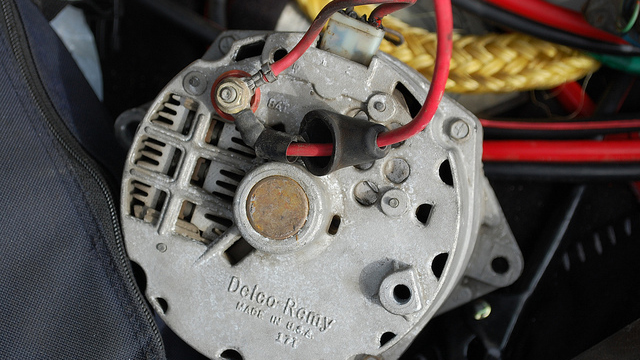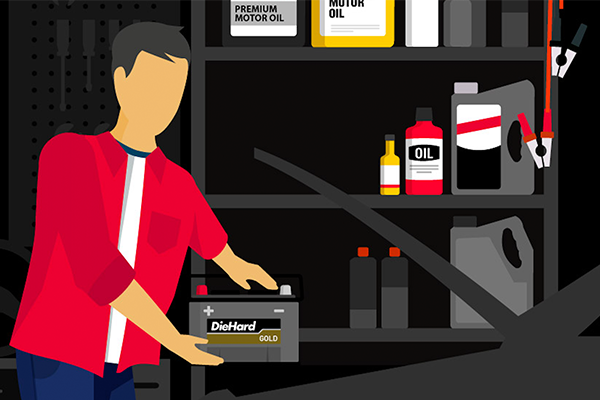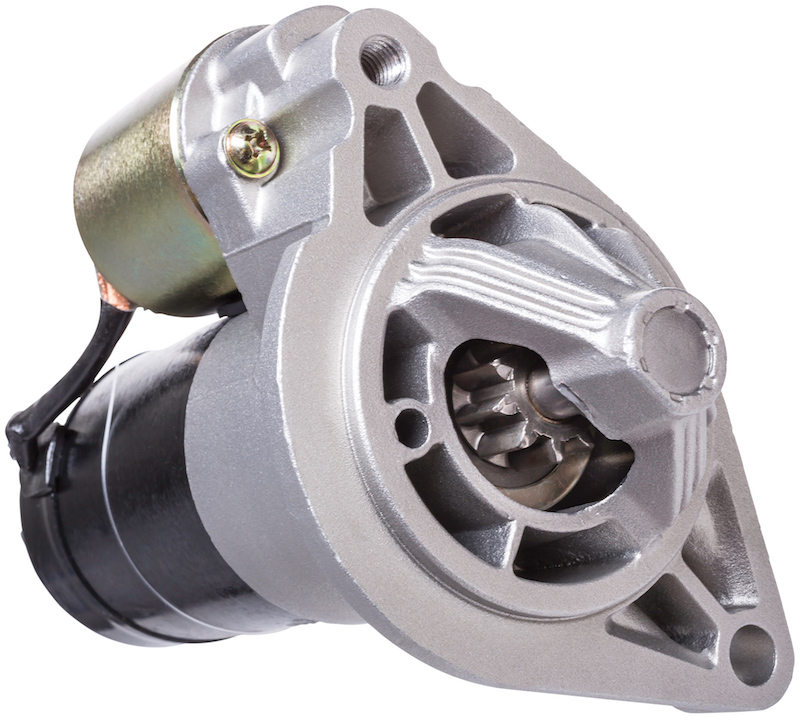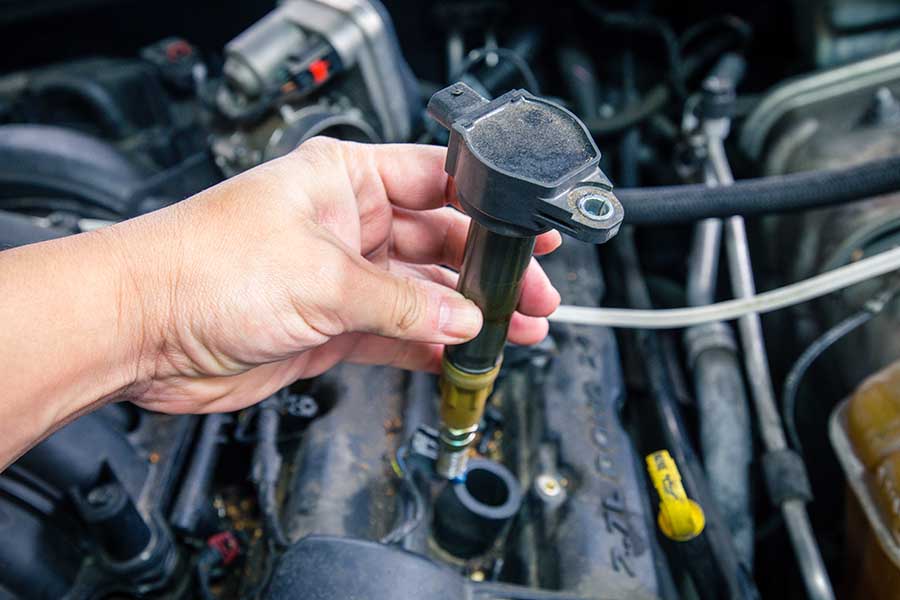
Replacing an alternator needs a little automotive knowledge. Before you get started, you should've checked the alternator with a voltmeter and already determined that it needs to be replaced. As you know, an alternator replacement isn't a repair that can wait, unless driving your vehicle isn't important to you.
Fortunately, learning how to replace an alternator isn't complicated. This is a job you can do, and the sooner you have your first alternator replacement under your belt, the sooner you'll be back behind the wheel. Let's get started.
This is a project that needs some know-how
-
Before you start an alternator replacement job, use the memory saver to save your vehicle's preset electronic info. Disconnect the negative battery cable and examine the belt that's connected to the alternator to determine if it's a serpentine belt or a V belt.
NOTE: A serpentine belt's appearance is flat and thin with ribs on the underside, while a V-belt is V shaped. If it's a V belt, skip to step 5. Replace any belt that appears worn, frayed, glazed, or cracked.
-
To loosen a serpentine belt, first locate the belt tensioner—it's spring loaded and keeps the belt tight so use caution when working on it, being especially careful not to trap or injure your hand when you loosen it and the spring snaps back.
The serpentine belt can be difficult to route properly back onto the accessories. Be patient and refer to a serpentine belt routing diagram for your vehicle if necessary. Other devices driven by the serpentine belt will have pulleys—the tensioner is a roller rather than a pulley and will face the belt's back side. On many newer engines, the tensioner may be difficult to access.
-
After loosening the tensioner, loosen and remove the belt.
Inspect the tensioner while you have the belt off and make sure its roller still spins freely and isn't rusted. The tensioner can seize after many years and miles; if it seems worn or isn't spinning easily, this is a good time to replace it.
-
Remove the wiring harness, connectors or wiring and fasteners from the alternator. As you do, use tape to label the wires so you know where they go when it's time to install the new alternator.
-
Loosen and remove the alternator. If you have a V-belt, the alternator must first be loosened before the V belt can be removed as the alternator provides belt tension.
-
Install the new alternator, making sure that it fits properly and aligns with the existing bolt holes, by reversing the steps in the disassembly procedure.
Some alternators will have a transverse bolt that allows you to move the alternator fore-and-aft in the bracket to adjust belt tension. If not, you may need to use a cheater to keep the alternator in place and take slack out of the belt (an assistant can help here) as you tighten the mounting bolts.
-
Check for the correct belt tension. On an older engine with a V-belt, the belt should have no more than about 1/2" of deflection in either direction. A few days after the job is complete, check the V-belt's tension again and adjust if necessary.
-
Reconnect the negative battery terminal. Attach the voltmeter to the battery and start the vehicle. Check for proper voltage, indicated by the alternator output read between 13.1 to 16.5 volts. If everything checks out, your alternator replacement job is complete.

The belt tensioner tool is a flat bar that can accept a socket for the tensioner's nut; the flat design allows you to work the tool into tight clearances. Its length gives you extra leverage, and it's much easier than trying to use a socket wrench for this job.







